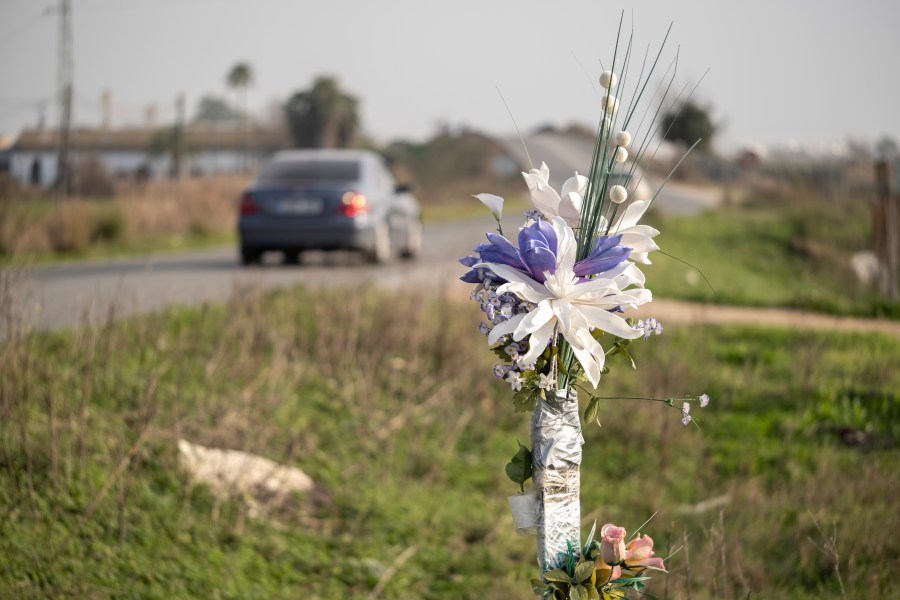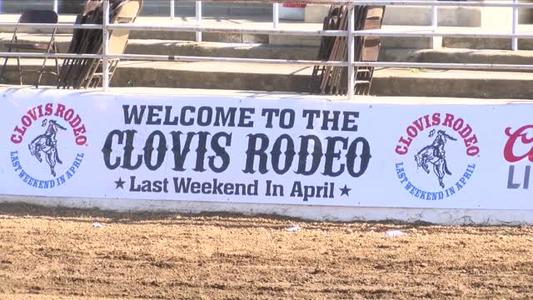


When employees at SpaceX HQ saw their latest Starship rocket make a steady, controlled splashdown in the Indian Ocean, after an hour-long flight where it passed every test, the atmosphere was jubilant — and more than a little patriotic.
"USA, USA," engineers chanted on the SpaceX livestream from Starbase in Brownsville, Texas — jumping and pumping fists in a style more like a sports game than NASA Mission Control.
Still, celebration was warranted — for SpaceX as much as for the U.S. space program.
NASA's moon plans, already much delayed and facing competition from the Chinese space program, cannot proceed without Starship. And Starship, with a $4.2 billion contract on the line, cannot proceed until it has proved its ambitious launch-and-return maneuvers to be safe.
This was the Elon Musk-led company's last chance to prove itself in 2025, a year with a mixed track record and many rattled nerves. The explosion of a nitrogen tank in a prototype on the ground this summer was only the latest PR disaster for Starship. Before Monday's test, Starship was six for 11 in successful launches.
Big whoop, you might think — now it's seven for 12. But that one small step matters more than most. With data gathered from those failures, informing both the current design (version 2) and its upcoming version 3, Starship is on the road to reliable repeatability.

The 400 ft-tall rocket has now performed the same incredible feat twice in a row. Two launches, two fuel booster ejections, two hour-long flights, two identical orbital maneuver tests, two proof-of-concept deliveries of dummy Starlink satellites (which this time went a lot smoother), two controlled ocean splashdowns that could just as easily have been landing pads.
And there's no sense that the company is being cautious in these latest tests.
"We're kind of being mean to this Starship," one company commentator said on the livestream for Flight 10, and Flight 11 was no different. The craft was covered in a variety of different heat shield tiles, with some of the most experimental designs placed at its most vulnerable points — all the better to gather data on what works in the long run.
Starship — the upper part, also known as Ship 38 — performed what SpaceX called a "dynamic banking maneuver" on its controlled return to the ocean. This would allow it to approach a landing tower and be "caught" by robotic arms, in the same jaw-dropping style SpaceX has demonstrated with its booster.
Not to be outdone this time, the booster also performed a controlled splashdown with a 13-engine burn.
Whether all this success continues with Starship Version 3 remains to be seen, and the NASA moon plan — which may require Starship to seed as many as 40 floating fuel depots — is another giant leap beyond that. Customers considering signing up for planned Starship cargo runs to the moon in 2028, and Mars in 2030, may well believe SpaceX is being optimistic with that timing.
But in the moonbase race, which China plans to enter in 2030, Starship's success allows NASA one small foothold on getting there first.

Chris is a veteran tech, entertainment and culture journalist, author of 'How Star Wars Conquered the Universe,' and co-host of the Doctor Who podcast 'Pull to Open.' Hailing from the U.K., Chris got his start as a sub editor on national newspapers. He moved to the U.S. in 1996, and became senior news writer for Time.com a year later. In 2000, he was named San Francisco bureau chief for Time magazine. He has served as senior editor for Business 2.0, and West Coast editor for Fortune Small Business and Fast Company. Chris is a graduate of Merton College, Oxford and the Columbia University Graduate School of Journalism. He is also a long-time volunteer at 826 Valencia, the nationwide after-school program co-founded by author Dave Eggers. His book on the history of Star Wars is an international bestseller and has been translated into 11 languages.








